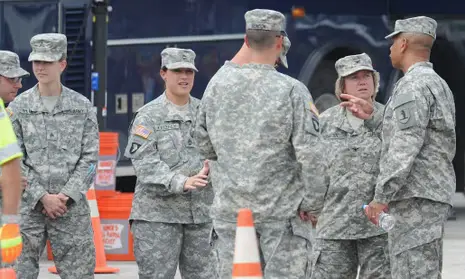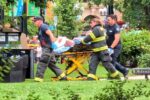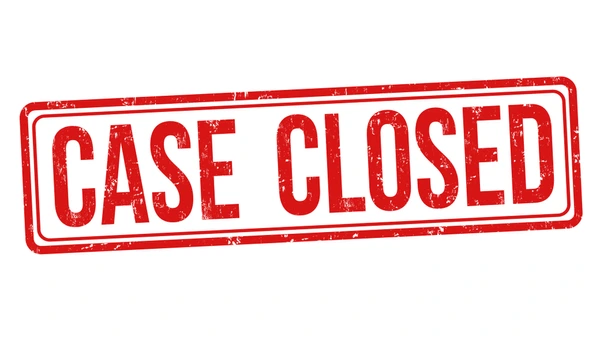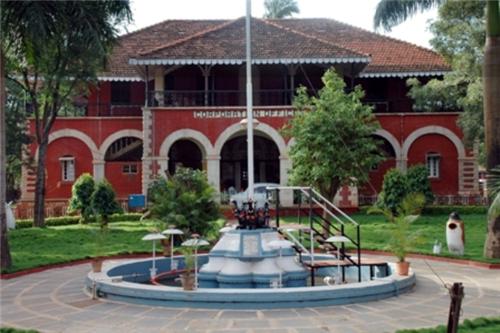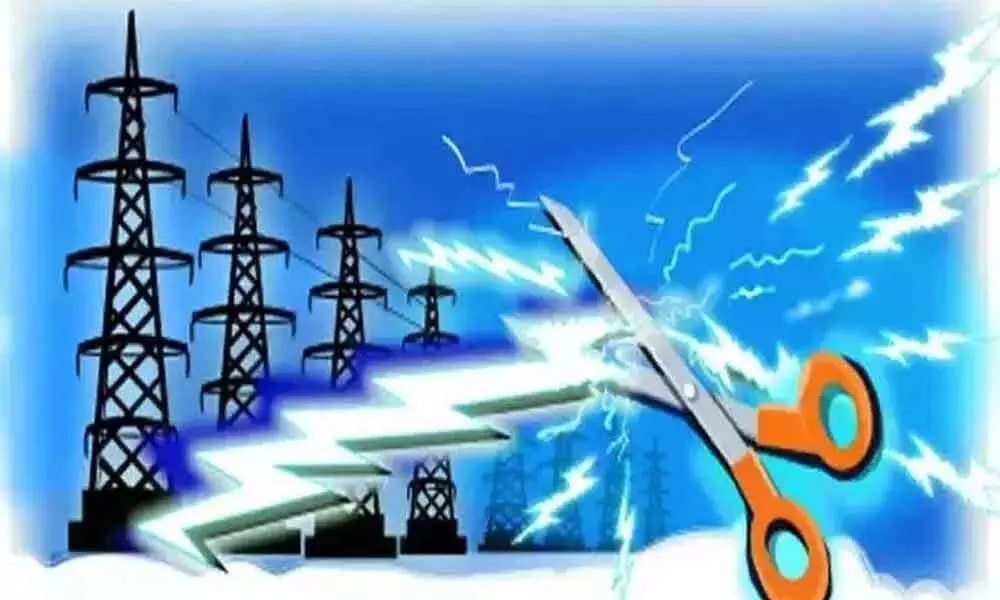Washington: On Sunday, National Guard troops began arriving in Los Angeles following an order by President Donald Trump to control protests against workplace immigration raids. The move marked a significant escalation in tensions surrounding his administration’s immigration enforcement and drew sharp criticism from California officials.
Trump’s order declared that any interference with immigration officials would be seen as “rebellion.” It bypassed California Governor Gavin Newsom, who condemned the action as “purposefully inflammatory” and unnecessary, insisting that local law enforcement had the situation under control. Newsom and L.A. Mayor Karen Bass called on the administration to rescind the order and return control of the National Guard to the state.
The protests erupted Friday after federal agents raided L.A.’s garment district, targeting undocumented immigrants. The raids triggered widespread unrest in the city and surrounding areas like Paramount. Demonstrators clashed with law enforcement, who responded with tear gas, flash-bang grenades, and crowd-control munitions. More than 120 arrests were made across the weekend.
By Sunday afternoon, protests intensified near the Metropolitan Detention Center in downtown Los Angeles, where detained demonstrators were held. Federal agents, including DHS and ICE personnel in riot gear, fired tear gas into the crowds. National Guard troops also deployed in Paramount, where earlier protests had turned volatile.
This deployment marks the first time since 1965 that a U.S. president activated a state’s National Guard for civil unrest without the governor’s consent. Trump officials justified the action as necessary to contain “violent mobs,” while state leaders described the protests as mostly peaceful and Trump’s response as politically motivated and unlawful.
The situation continues to raise legal and political questions, with calls from California leaders for the federal government to de-escalate and restore state control over the National Guard.

